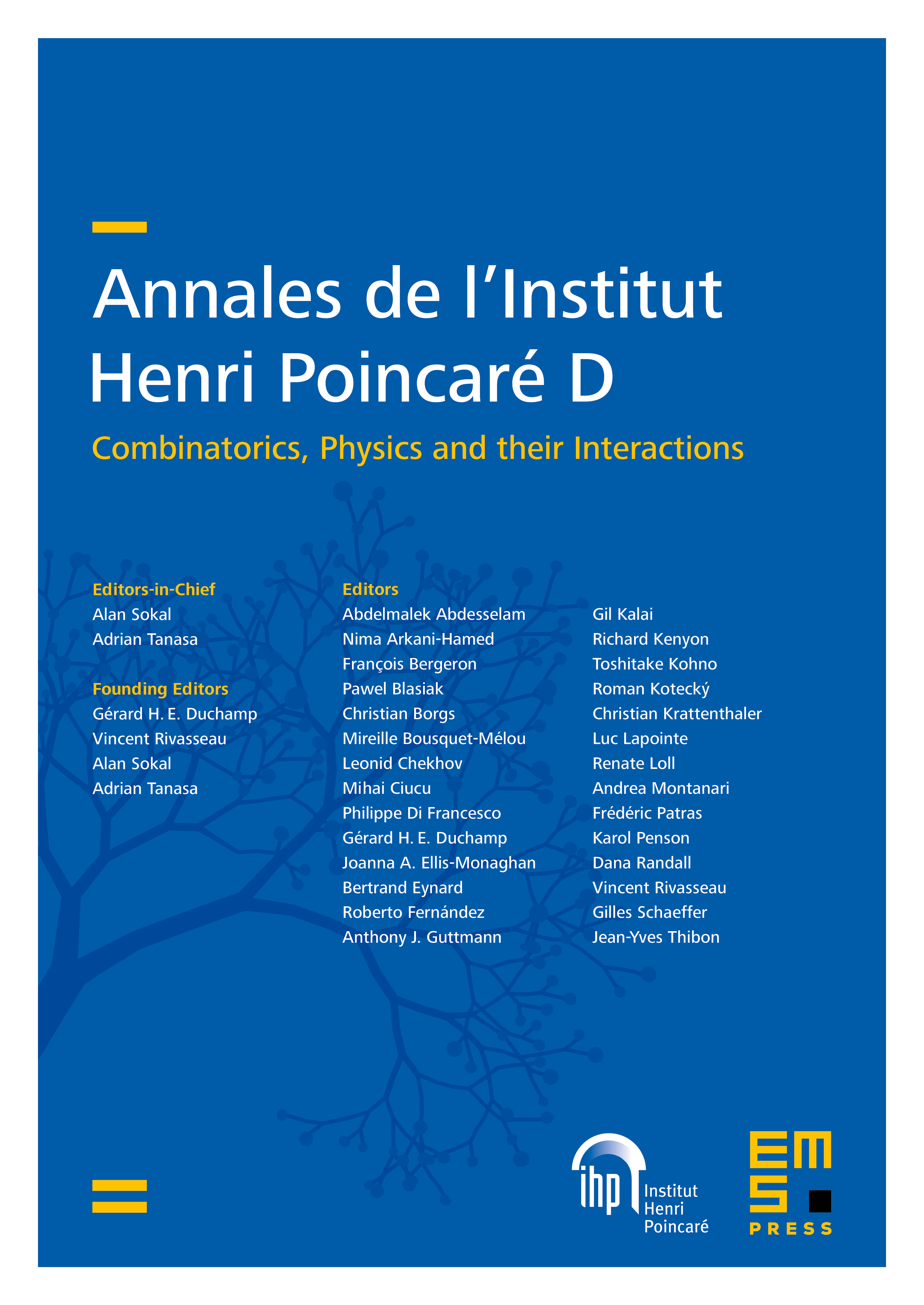Quantum error-correcting codes and their geometries
Simeon Ball
Universitat Politécnica de Catalunya, Barcelona, SpainAina Centelles
Universitat Politècnica de Catalunya, Barcelona, SpainFelix Huber
ICFO - The Institute of Photonic Sciences, Barcelona, Spain; Jagiellonian University, Kraków, Poland

Abstract
This is an expository article aiming to introduce the reader to the underlying mathematics and geometry of quantum error correction. Information stored on quantum particles is subject to noise and interference from the environment. Quantum error-correcting codes allow the negation of these effects in order to successfully restore the original quantum information. We briefly describe the necessary quantum-mechanical background to be able to understand how quantum error correction works. We go on to construct quantum codes: firstly qubit stabilizer codes, then qubit non-stabilizer codes, and finally codes with a higher local dimension. We will delve into the geometry of these codes. This allows one to deduce the parameters of the code efficiently, deduce the inequivalence between codes that have the same parameters, and presents a useful tool in deducing the feasibility of certain parameters. We also include sections on quantum maximum distance separable codes and the quantum MacWilliams identities.
Cite this article
Simeon Ball, Aina Centelles, Felix Huber, Quantum error-correcting codes and their geometries. Ann. Inst. Henri Poincaré Comb. Phys. Interact. 10 (2023), no. 2, pp. 337–405
DOI 10.4171/AIHPD/160